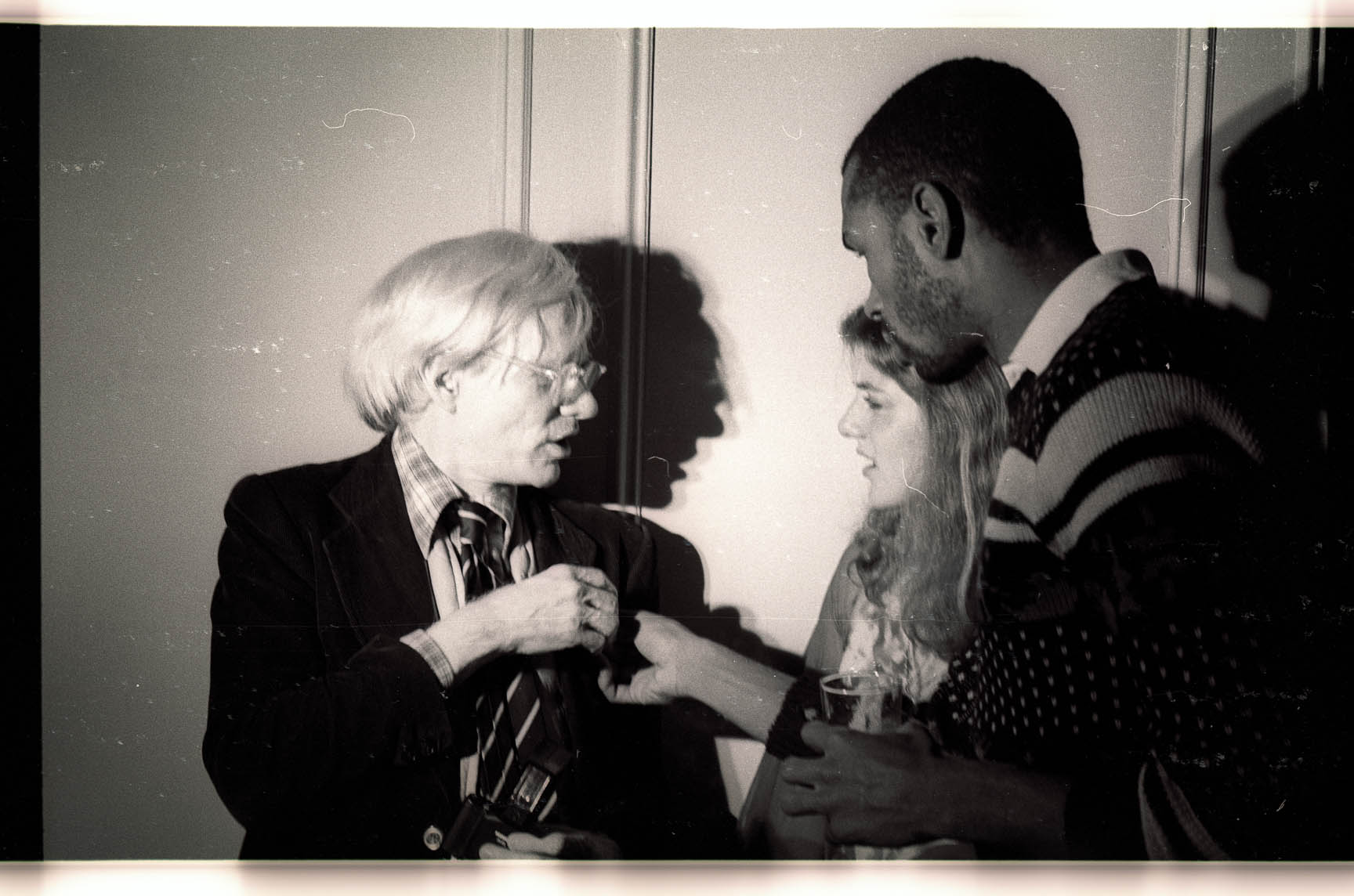
The space had been around for four decades by 1977 — it first opened as the Gallo Opera House in 1927 — but it wasn’t until April 26 of that year, precisely 40 years ago this week, that it opened with the name that would make it famous: Studio 54.
Just a few months later, as part of a round-up of the new wave of discos, TIME assessed the New York City discotheque as a “dancer’s Disneyland” that welcomed members for $125 a month. “The vast (5,000 sq. ft.) shuffle area is a stage, with theatrical lighting, scrims and backdrops rising as high as 85 ft. A dozen pencil-thin poles of red and yellow light blink, twirl, rise and fall amid the dancers; revolving silver prisms above the dance floor reflect flashing strobes,” the magazine explained. “In all, there are 450 different special effects, including snowfalls (plastic) and a giant half-moon with glowing nose and spoon (a coke joke).”
Attracting thousands of anonymous disco dancers as well as the biggest celebrities of the late 1970s, Studio 54 was paradise for photographers. One of them was Gene Spatz, whose family says that when he died in 2003 he left more than 50,000 photos of New York City club life in that decade and the one that followed. Spatz’s sisters have made his work available online via the arts non-profit POBA, which helps artists’ heirs organize their collections. A few of the images from that archive are shown here.
“Gene Spatz gained the trust of his subjects, so these images are often close-up and natural. And he captured a time of innocence, exuberance, and some say, excess, that really shows the fun folks were having,” Jennifer Cohen, the managing director of POBA, said in a statement. “He was the photographer of a pre-Instagram era where celebrities were openly shoulder-to-shoulder with regular folks at Studio 54. There was nothing like it before or since, and Spatz captured the essence of it when no one else could.”
After less than three years of dominating the New York City club scene, Studio 54 closed its doors in early 1980 in the wake of tax-evasion charges against its owners Steve Rubell and Ian Schrager. The club reopened a few years later but struggled to find its footing in the years that followed, changing incarnations several times before becoming a theater. The special something that had made Studio 54 the magnet of the moment in the late 1970s could not be recaptured — but, in photos like Spatz’s, it could be frozen in time.
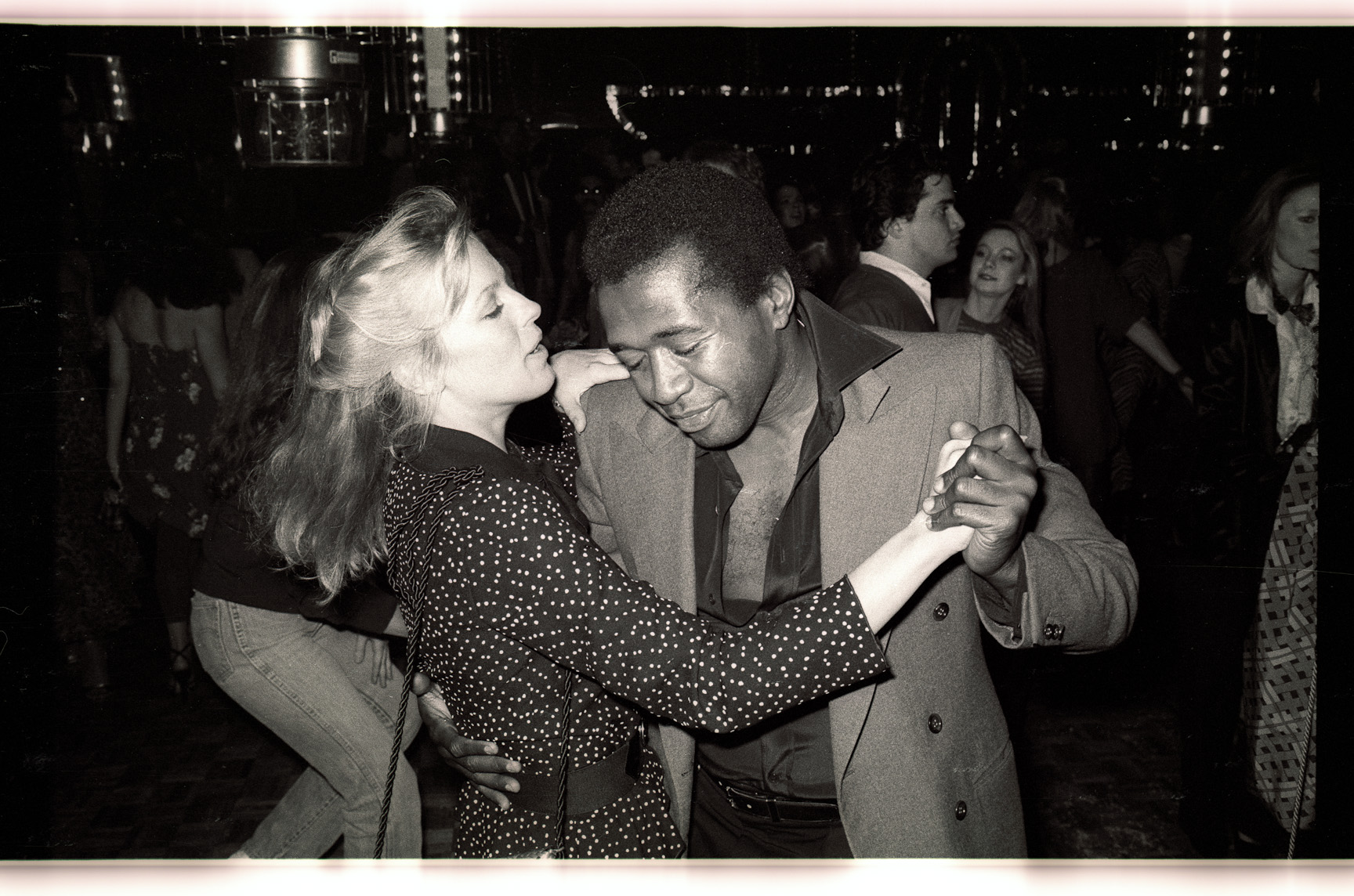
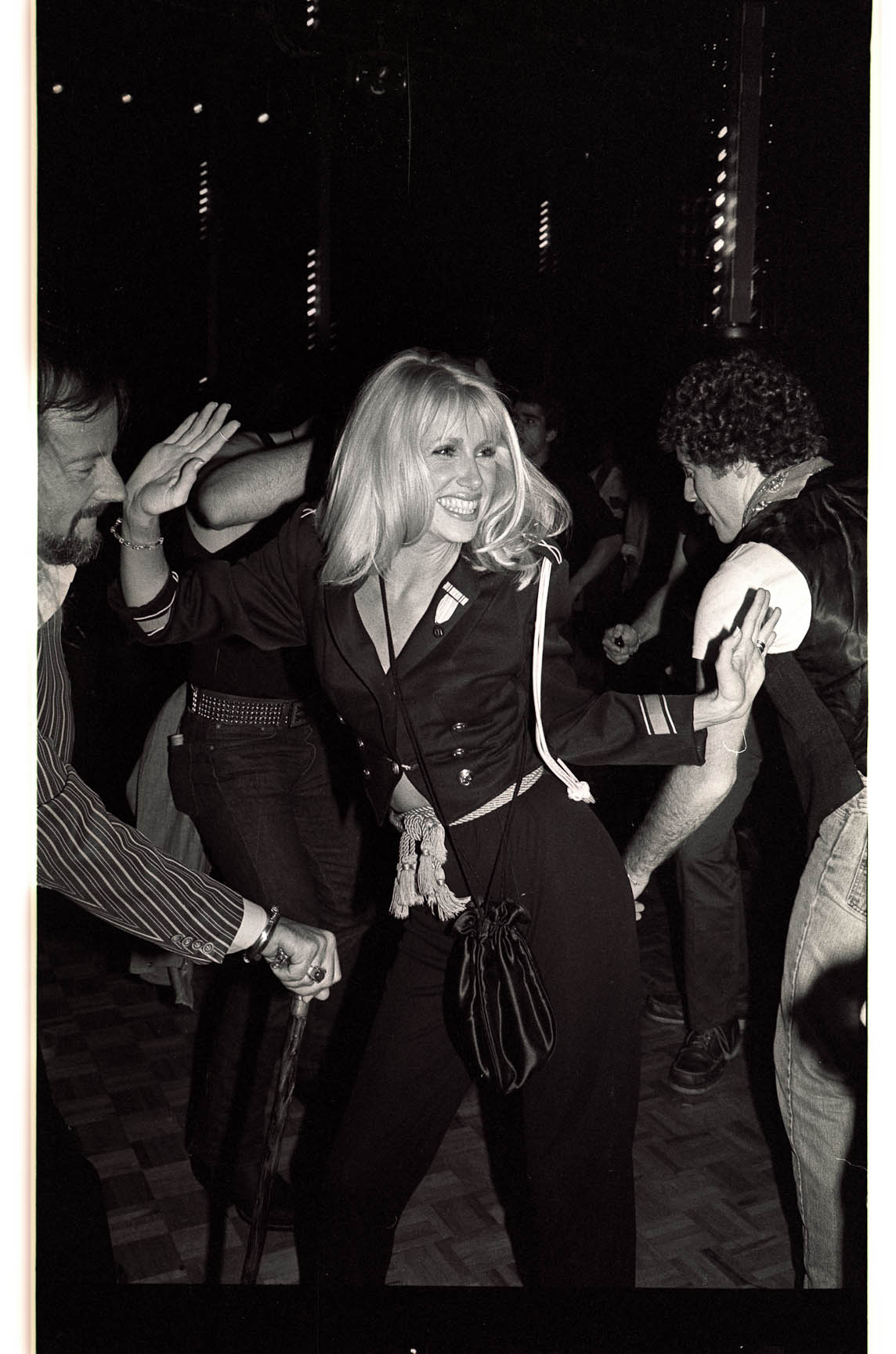
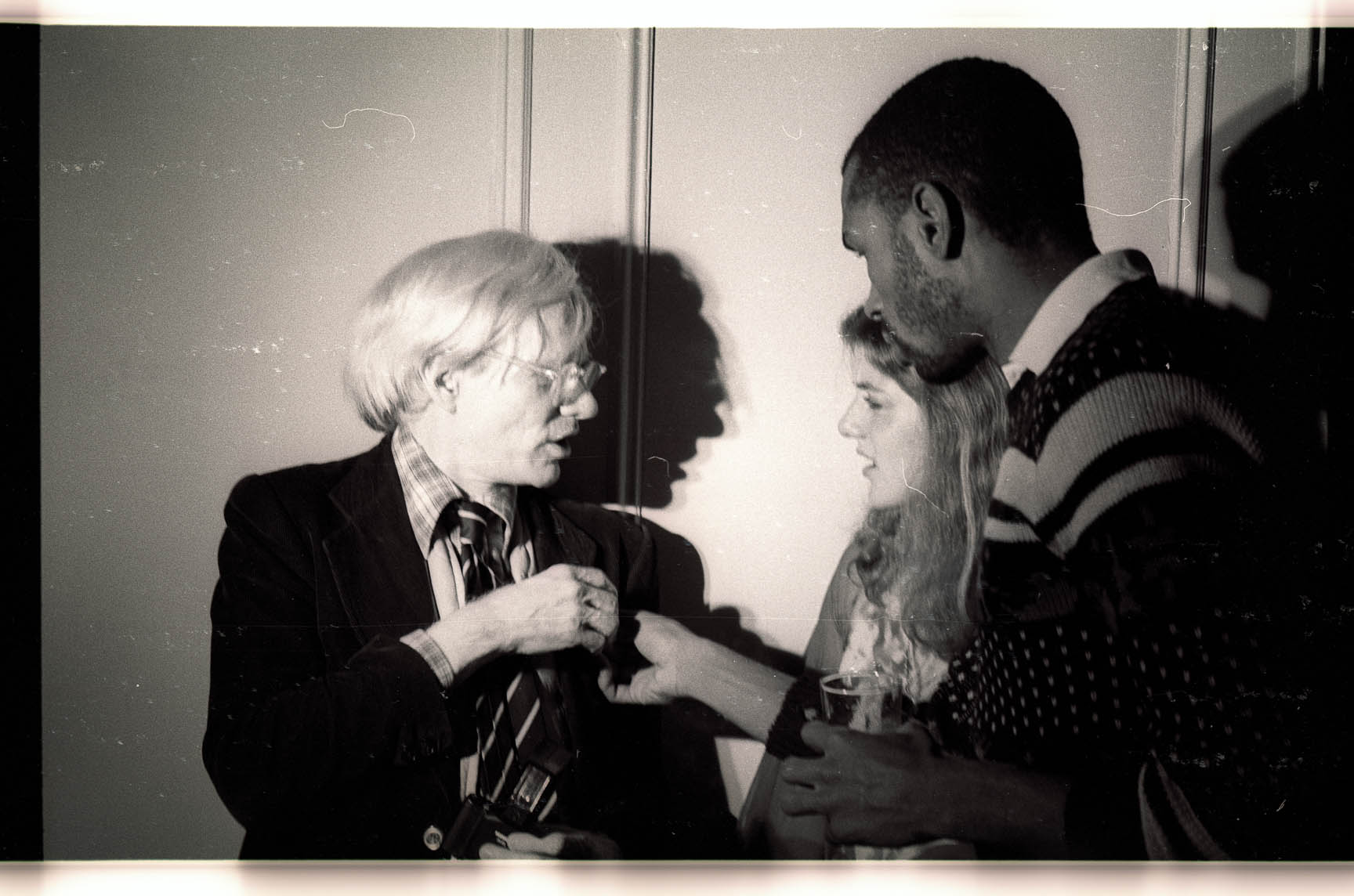
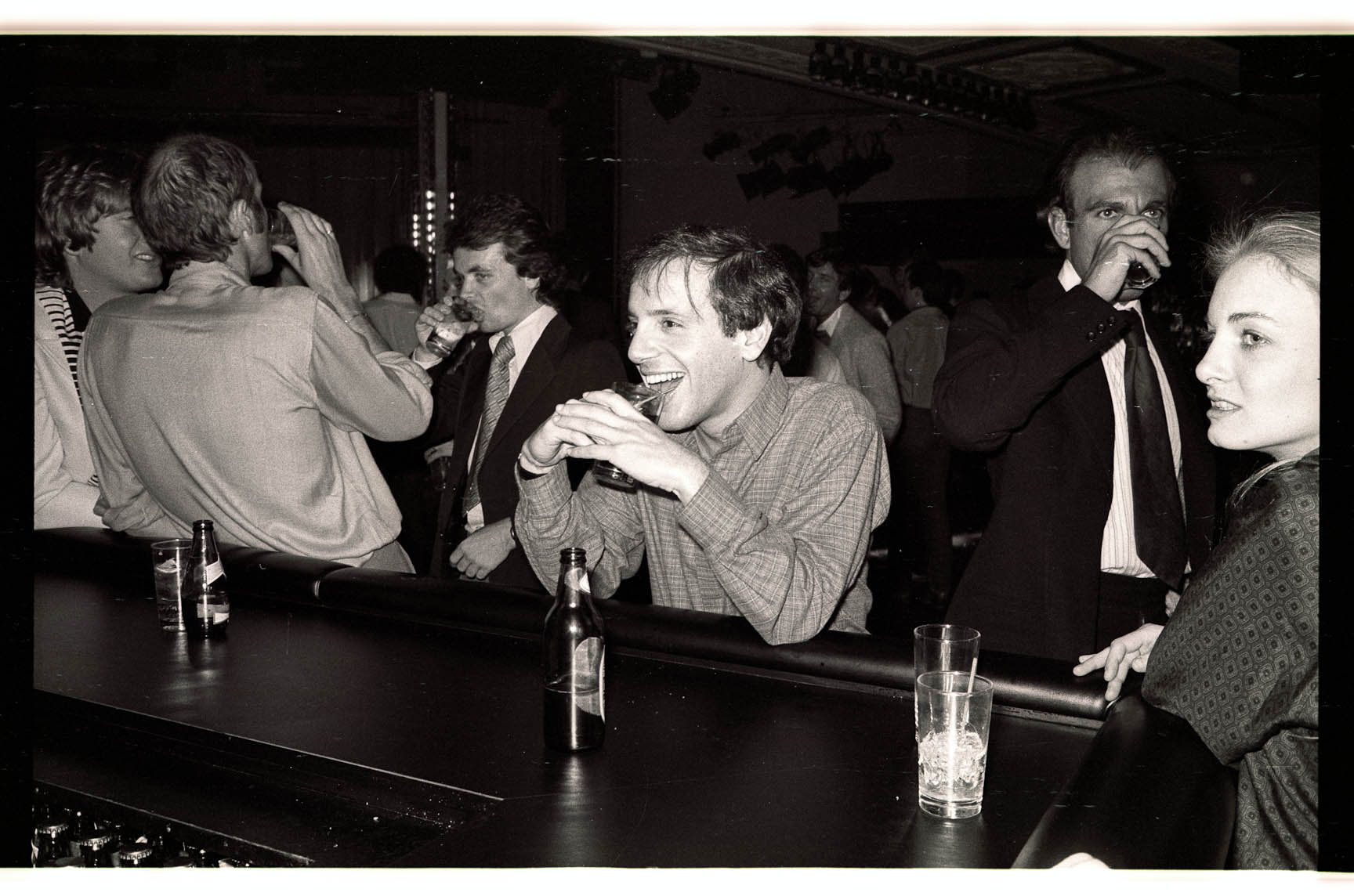
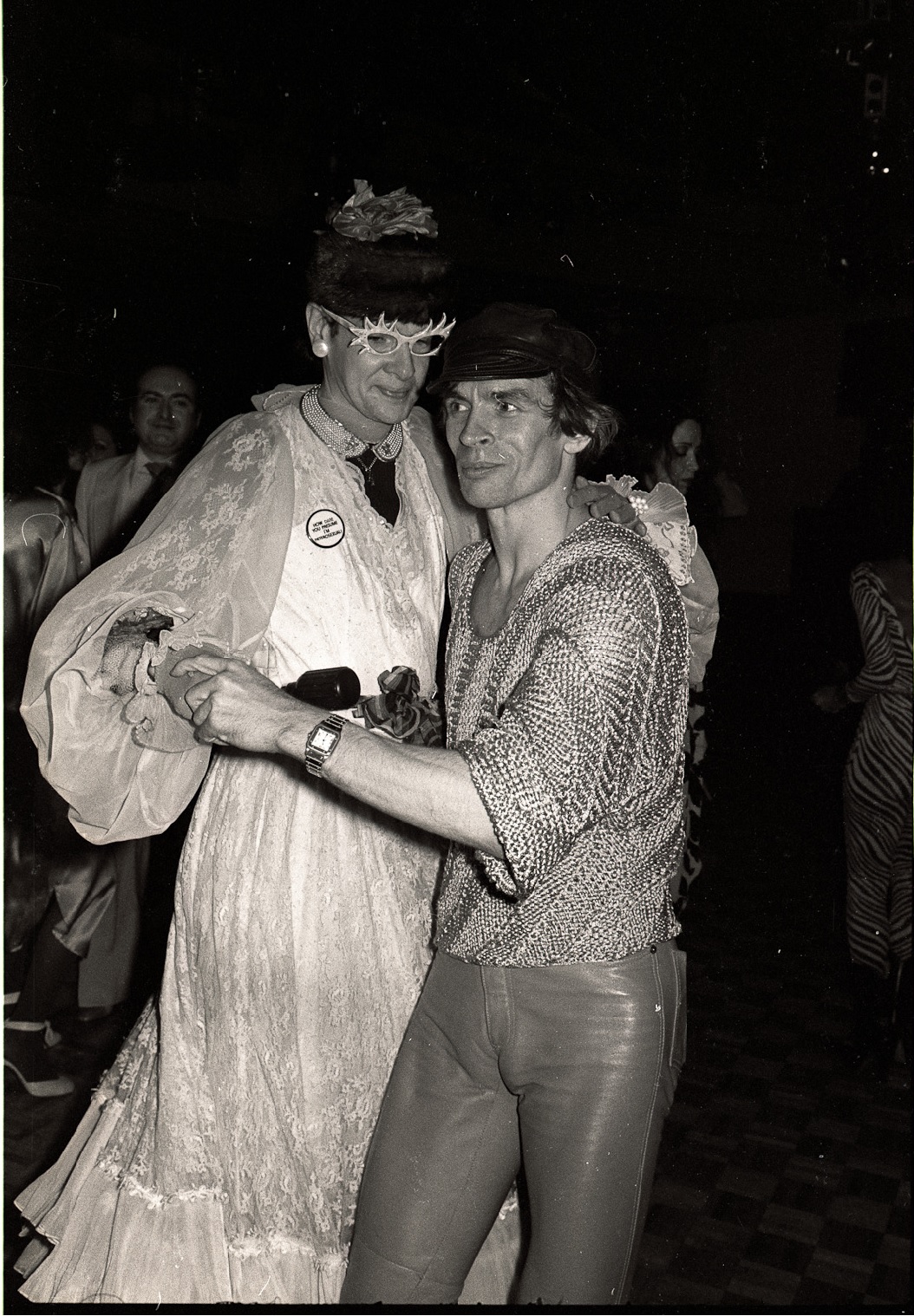
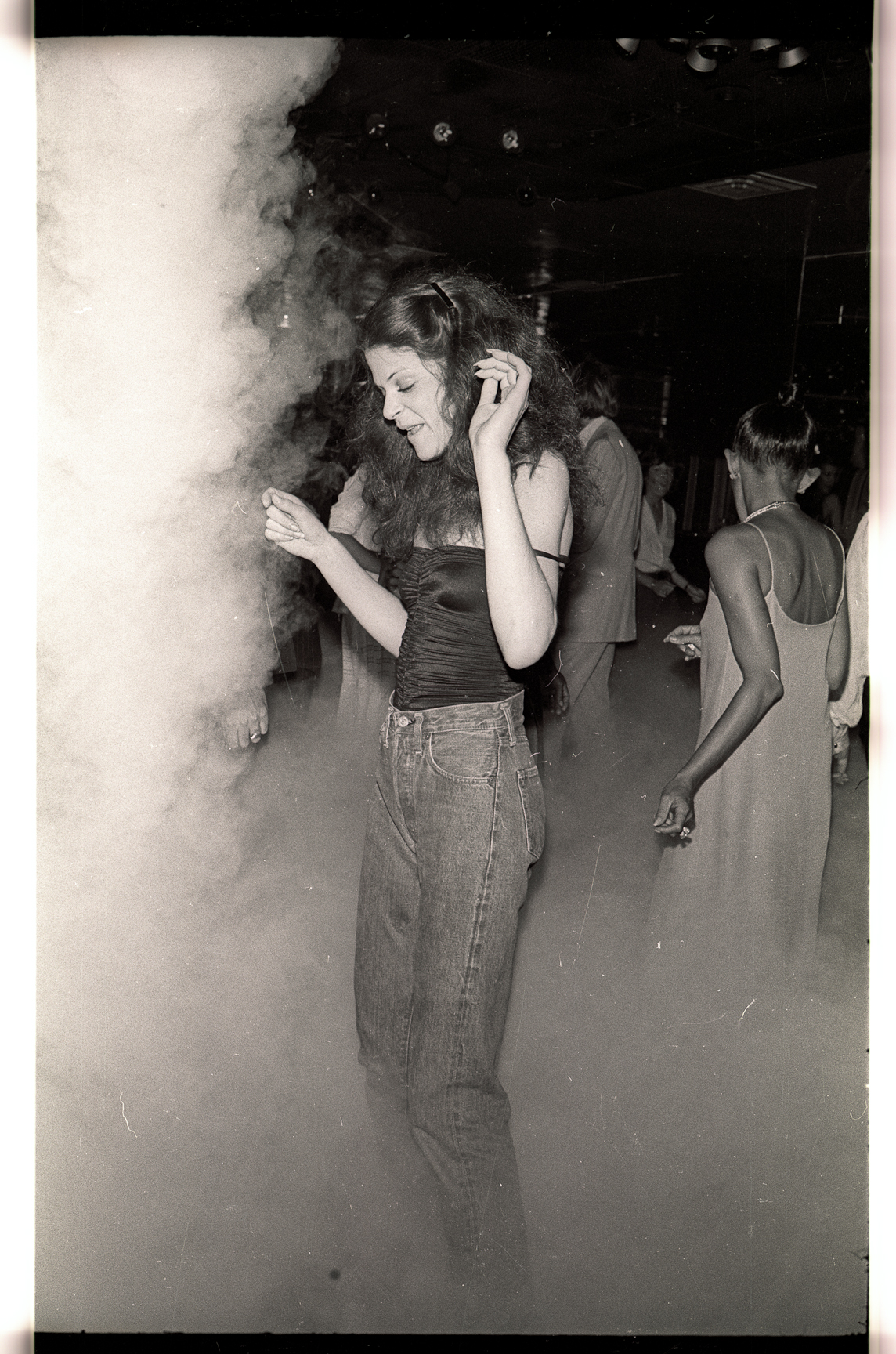
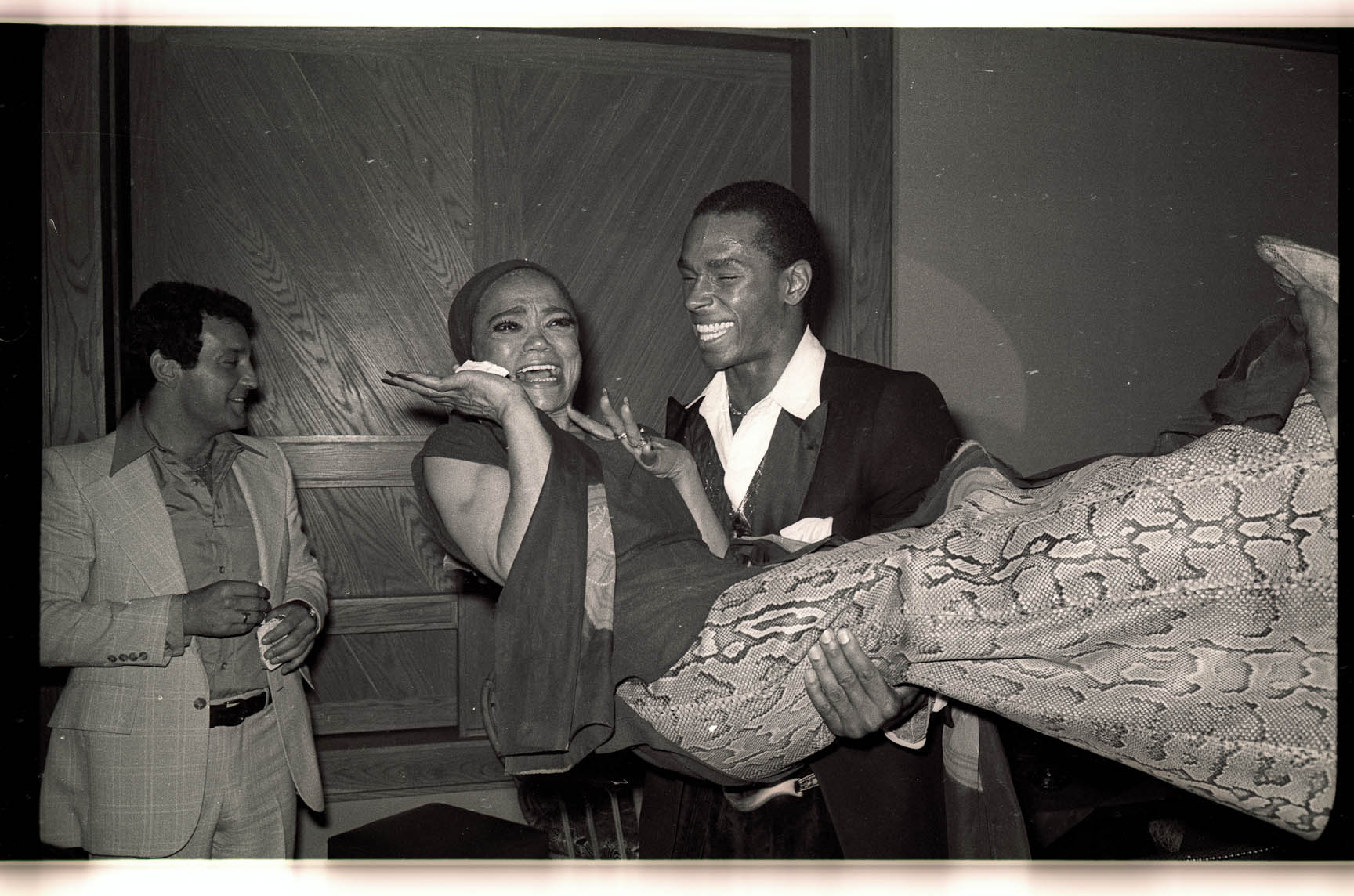
More Must-Reads From TIME
- The 100 Most Influential People of 2024
- The Revolution of Yulia Navalnaya
- 6 Compliments That Land Every Time
- What's the Deal With the Bitcoin Halving?
- If You're Dating Right Now , You're Brave: Column
- The AI That Could Heal a Divided Internet
- Fallout Is a Brilliant Model for the Future of Video Game Adaptations
- Want Weekly Recs on What to Watch, Read, and More? Sign Up for Worth Your Time
Write to Lily Rothman at lily.rothman@time.com